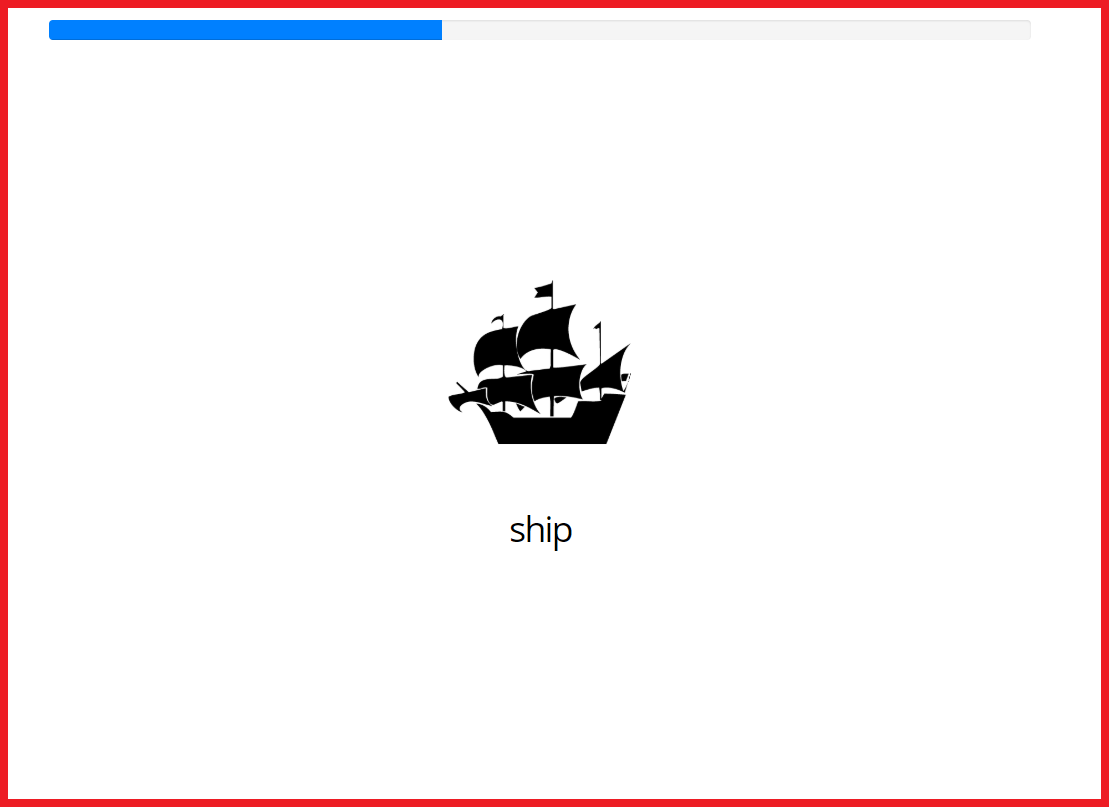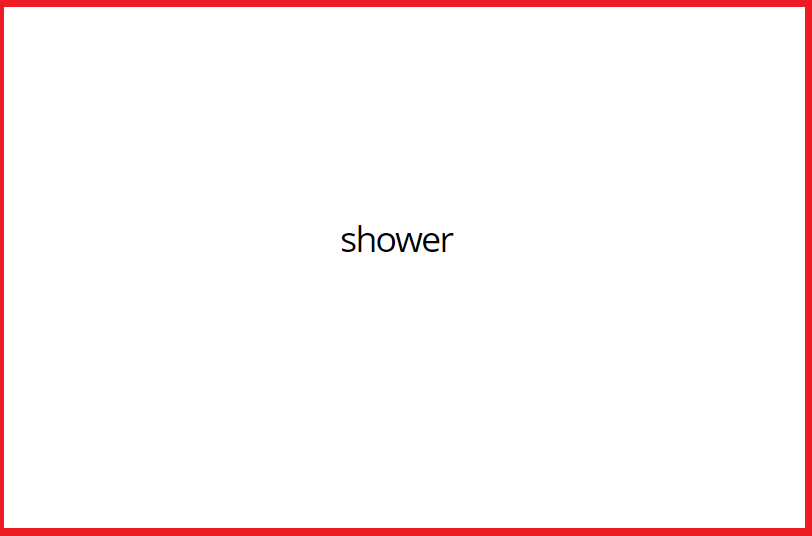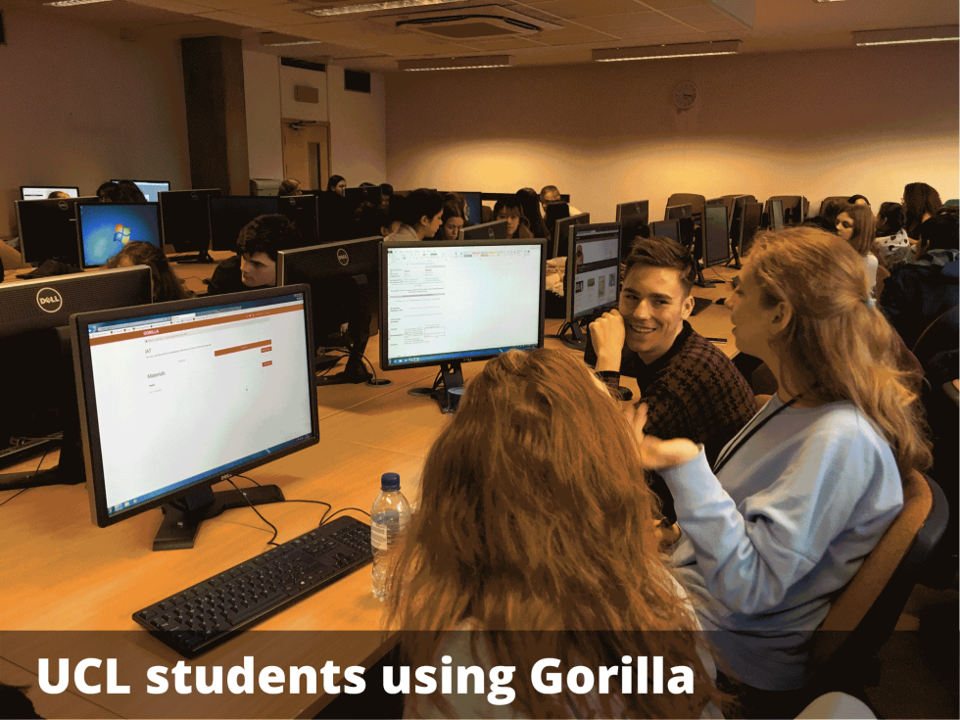Subscribe to Gorilla Grants
We regularly run grants to help researchers and lecturers get their projects off the ground. Sign up to get notified when new grants become available

Gorilla is a brilliant tool for creating online experiments and collecting data from participants in the lab or online. It is free for users to design and build tasks, preview them, and share them with collaborators, which means that there is a multitude of ways to use Gorilla inside and outside of the classroom for free. Below are a few ways that we think Gorilla could be used as a useful and low-maintenance tool for teaching behavioural science.
With Gorilla, you can demonstrate psychological phenomena impactfully by getting your students to participate in the experiments that led to cornerstone psychological discoveries. Beyond studying psychological effects, learning about psychology also requires an understanding of the scientific method, experimentation, and the historical researchers and experiments that taught us what we know about the field today.
Using Gorilla inside and outside of the classroom will allow your students to engage in all of these subjects simultaneously in a modern, hands-on environment.
Our team has built a wide range of classic experiments that showcase some of the most iconic psychological tasks — from the Stroop task to the Wisconsin Card Sorting Task — that are available for anyone to preview, even without a Gorilla account. We invite professors and lecturers to use pre-existing classic examples — or build their own tasks with a free account — to create classroom activities that will engage students and teach them about psychology and experimentation at the same time.
For example, why not use Gorilla to present a task in the classroom, and ask students to show hands to demonstrate the effect? Or next time you are writing up a syllabus, add a link to a real task that students can experience themselves.
If there is a task that you want to demonstrate and it’s not on the list, let the Gorilla team know – we’d be delighted to add it for you.
Learn about Primacy and Recency
Experience the primacy and recency effect firsthand. Running this experiment demonstration in the classroom is easy and straightforward! Simply project the experiment onto a lecture screen (clicking the ‘Launch the experiment’ button). Gorilla will go through the demonstration step-by-step and provide instructions, so simply sit back and let the demonstration begin.

Following the onscreen instructions, your students will be shown a list of stimuli and asked to remember them. Once all the stimuli are presented, the students are challenged to write down as many as possible.
Once the students have written down their answers, they are asked to raise their hands for three stimuli (the first, last, and middle one). Count and compare how many people could remember each item. You can write the percentage on the screen. There should be fewer students who recall seeing the middle stimuli, which would demonstrate the primacy and recency effect.
This practical demonstrations teaches the students about the primacy and recency effect.
Experiments show that when participants are presented with a list of words, they tend to remember the first few and last few words and are more likely to forget those in the middle of the list.
This is known as the serial position effect. The tendency to recall earlier words is called the primacy effect; the tendency to recall the later words is called the recency effect.
This effect is also explained to the students during the demonstration.
Original paper: Murdock, B. B. Jr. (1962). The serial position effect of free recall. Journal of Experimental Psychology, 64(5), 482–488, http://dx.doi.org/10.1037/h0045106.
A more recent experiment applying the effect to student learning: Castel, A.D. (2008). Metacognition and learning about primacy and recency effects in free recall: The utilization of intrinsic and extrinsic cues when making judgments of learning. Memory & Cognition, 36, 429–437. https://doi.org/10.3758/MC.36.2.429
Understand the memory error intrusion.
Project Gorilla’s Memory intrusion task by clicking the ‘Launch the experiment’ button and go through the demonstartion. Engage with the students by reading out the instructions.
The students will be told to look at the screen, memorising a list of words. They will be asked to remember as many of the items as possible. Following the stimuli presentation, the Gorilla demonstration will present the students with some words — some having come from the stimuli set and some related but not included in the original task. The students are instructed to raise their hand if they believed the word was included in the items they had just seen on the screen.

This practical demonstrations teaches the students about a type of memory error called intrusion.
This error occurs when people falsely remember the presence of a word due to its semantic similarity to other words. In this example, the student may have remembered the word ‘sleep’ even though it did not appear in the original list, due to its similarity to other words such as ‘tired’.
This is a classic experimental design often used in psychology, and the task, called the Deese-Roediger-McDermott (DRM) Task, has many applications.
Original paper: Deese, J. (1959). On the prediction of occurrence of particular verbal intrusions in immediate recall. Journal of Experimental Psychology, 58(1), 17–22, https://doi.org/10.1037/h0046671.
A more recent article outlining the use of the DRM in psychology: Gallo, D. A. (2010) False memories and fantastic beliefs: 15 years of the DRM illusion. Memory & Cognition, 38 (7), 833–848, https://doi.org/10.3758/MC.38.7.833.
Learn about the Stroop effect.
Click on the ‘Launch the experiment!’ button. Following the onscreen instructions, your students will be asked to say (shout together) the colour of the font of words that are presented to them.
The initial trials are all congruent, it will be easy, and your class will shout the correct response together. Then there will be incongruent trials, and they’ll either be slower, or chant together the wrong answer. This will make them laugh, and give them a visceral experience of the confusion in the brains for incongruent trials.
Once all the stimuli are presented, the students will be told about the difference between congruent and incongruent trials, explaining the Stroop Effect.

These are the instructions your students will see when launching the Stroop experiment:
In this task, you will see colour names (red, green, blue, orange), printed in various different colours. Every time a word appears on the screen, you have to say the colour the word is printed in out loud. Remember, say the colour the word is printed in, not just reading the word out loud. Let’s have a quick practice round. There will be a fixation point, then a word will appear. Say the name of the colour the word is printed in.
This practical demonstration can be used to teach students about the Stroop Effect.
Naming the font colour of a printed word is an easier and quicker task if word meaning and font colour match (are congruent). When the colour and word are congruent, the response should be clear, but when they are incongruent many people will make mistakes.
Basically, when the colour and word are congruent, the response should be clear, but when they are incongruent many people will make mistakes.
Original paper: Stroop, J. R. 1935. Studies of interference in serial verbal reactions. Journal of Experimental Psychology, 18(6), 643–662, https://doi.org/10.1037/h0054651.
Paper summarising what is known after 50 years of using the Stroop effect. MacLeod, Colin M. 1991. Half a Century of Research on the Stroop Effect: An Integrative Review. Psychological Bulletin 109, 163–203. https://doi.org/10.1037/0033-2909.109.2.163.
Despite its importance in academia, grant-writing is almost never covered in formal curricula. An in‑class grant competition can be a fun and competitive way of getting student to think about research questions that they’d like to answer, while giving them valuable practice writing a grant application.
A sample process might go like this:
This type of activity pushes students to develop novel ideas and design their own research independently. This could potentially even provide students with a working experiment that they could use to test their ideas using real participants for a final project or the beginnings of a Master’s or PhD proposal.
Digital experimentation is becoming increasingly common in industry, and psychology students are well placed to gain valuable experience in this field. Using Gorilla, students can experience first-hand the challenge of creating experiments using their free accounts.
Designing a hands-on activity to learn these skills alone or in groups can help students to engage the theoretical and practical aspects of experimental psychology at the same time. This can be accompanied by a literature review and experiment design challenge in order to create a major assignment with optional data collection and analysis.
Example:
A great method to use here is the IAT. It’s easy to come up with lots of hypotheses and it introduces students to behavioural research and the idea of congruent and incongruent trials. There are three IAT templates in Gorilla. Why not make the test fun by asking questions like:
Read more about University College London’s experience giving their students the opportunity to design their own experiments — and how that led to three first-year students work being peer-reviewed and accepted to a to a psychology conference.

We regularly run grants to help researchers and lecturers get their projects off the ground. Sign up to get notified when new grants become available